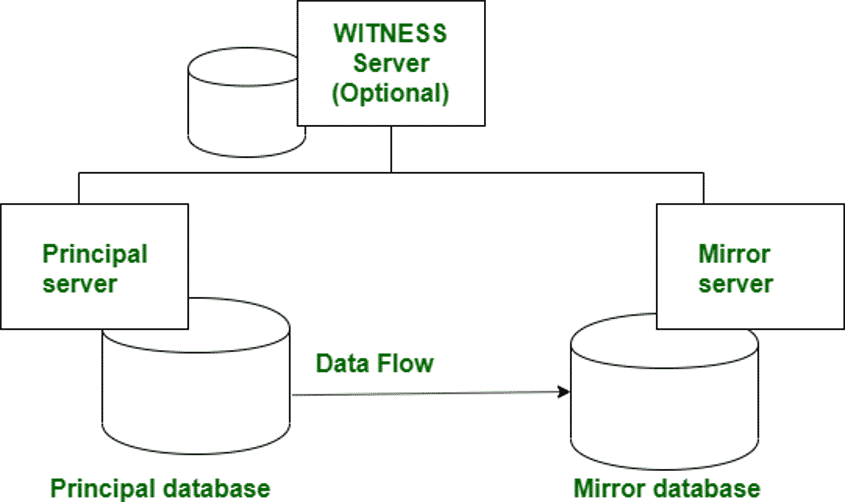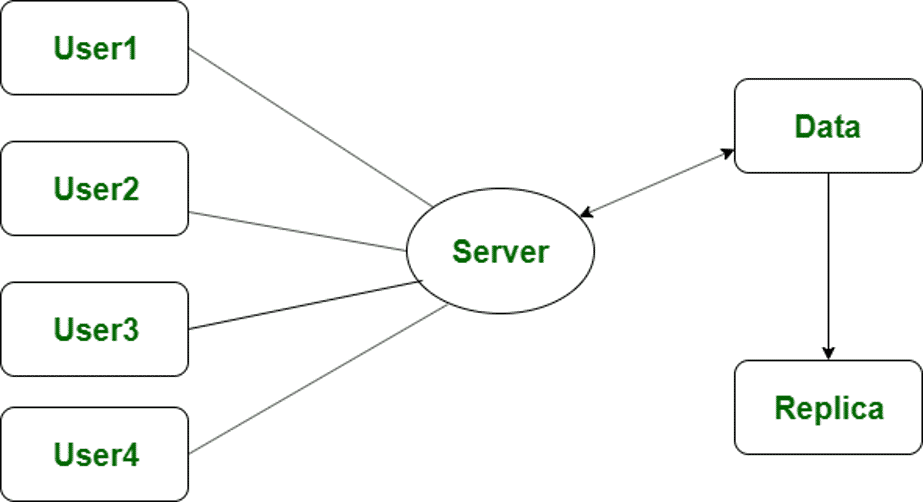What is Mirroring in SQL Server?

In SQL Server, Mirroring is defined as keeping a backup database server for a master database server. So, if, due to some unforeseen circumstances, the master database ceases to function, you can leverage the mirror database to take up business operations. However, only one database server can function at a time. So, the request for the Database is served from the mobile Database.
Also known as Shadowing, Mirroring does not provide support for a distributed database within the realm of SQL Server. The tight extensive integration between the primary and the mirrored Database is weaved by leveraging causation blocks of the dealings log to the reflected Database. In the rare occurrence of a failure, it is concurrently capable of restoring the information by replicating it from one Database to another. Your mirrored Database will serve as a primary point of contact in the event of any kind of failure.
What is Replication in SQL Server?

In SQL Server, Replication is defined as the process of storing multiple copies of databases spanning multiple geographic locations. A vivid example of it in SQL Server can be found in File Servers that are replicated across multiple continents. This allows the consumers to download the requisite file from the nearest location to avoid any slow feedback or network delays. During the execution of SQL Server Replication, parallel execution is promoted. In this situation, the Publisher is the partner entity that stores the data for Replication to multiple servers within the SQL Server. On the other hand, the subscriber could be a server that generally receives the replicated information from the Publisher.
SQL Server allows you to execute three different types of Replication operations:
- Merge Replication
- Transaction Replication
- Snapshot Replication
Understanding the Key Differences between Mirroring and Replication in SQL Server
You can differentiate between Replication and Mirroring within SQL Server on the basis of the following 4 factors:
- Distributed Databases
- Cost
- Target
- Location
Distributed Databases
Mirroring cannot be applied on distributed databases within SQL Server. On the other hand, Replication can be seamlessly implemented for distributed databases.
Cost
In SQL Server, Mirroring accrues a higher cost than Replication. Hence, going for the Replication process becomes a no brainer if cost forms a key factor for your decision.
Target
Within SQL Server, Mirroring is executed on the Database as a whole. On the other hand, in Replication, the operation is carried out on distinct database objects.
Location
As far as the location of operation is concerned, Impersonation is executed to create a copy of the Database on various hardware and on multiple locations to serve as backup locations when required. On the other hand, Replication is carried out to create a copy of the database objects. Replication in SQL Server also allows you to copy the data to a different database altogether.
Leveraging Replication and Mirroring in SQL Server
You can even use Replication in tandem with Mirroring within SQL Server to increase the attainability of the publication database. Here are a few considerations and requirements you should consider before using Database Mirroring with Replication in SQL Server:
- Replication provides support for mirroring the publication database for merge and transferrable Replication with either lined up modifying subscribers or read-only subscribers. Oracle Publishers and Publishers in an associative configuration along with republishing aren’t supported for the collaboration between Mirroring and Replication in SQL Server.
- The impersonating and primary Database need to share a Distributor. It is recommended that this Distributor be remote since this supplies greater tolerance in the event of an unplanned failover within the Publisher.
- Objects that exist out of the Database and metadata aren’t copied in the mirror. This includes jobs, linked servers, jobs, and so on.
Conclusion
This blog talks about the salient differences between SQL Server Replication and Mirroring in SQL Server to help you make a data-backed well-informed choice while opting for a process for your unique business requirements.

